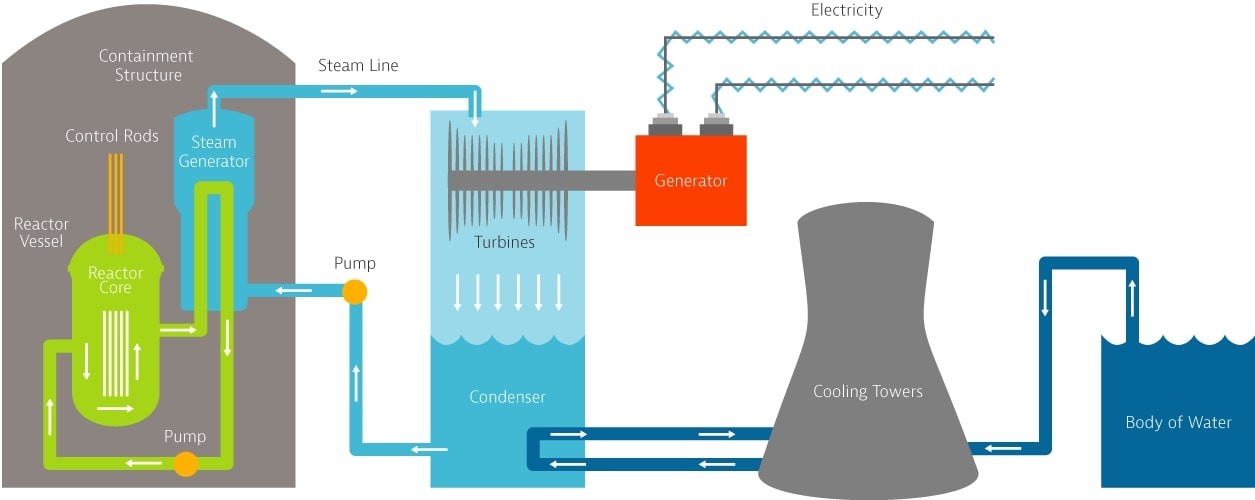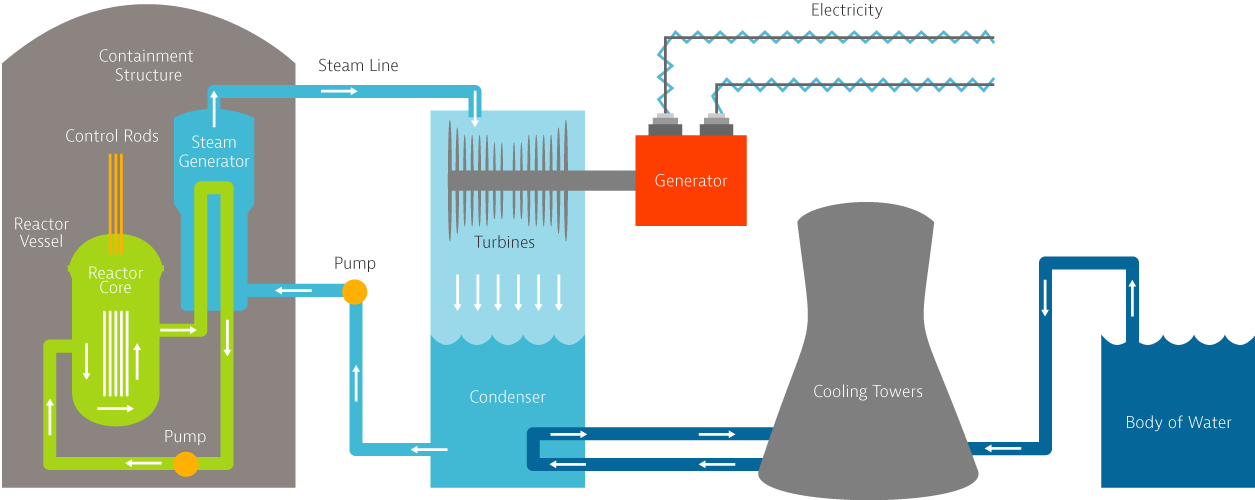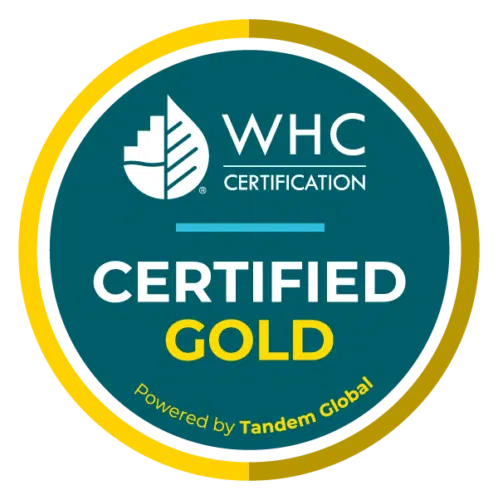
Plant Vogtle: Alvin W. Vogtle Electric Generating Plant
Plant Vogtle in Waynesboro, Georgia, features four reactors. With the recent completion of Units 3 & 4, the first new nuclear units to be constructed in the U.S. in the last 30 years, Plant Vogtle is now the largest generator of clean energy in the country.
Alvin W. Vogtle Electric Generating Plant is one of Georgia Power's two nuclear facilities and one of three nuclear facilities in the Southern Company system. The plant is co-owned by Georgia Power, Oglethorpe Power Corporation, Municipal Electric Authority of Georgia and Dalton Utilities. Unit 1 began commercial operation in 1987 and Unit 2 in 1989. Unit 3 entered commercial operation on July 31, 2023, and Unit 4 on April 29, 2024. Plant Vogtle has been a certified wildlife habitat by the Wildlife Habitat Council since 1993. Over 1,700 people including engineers, mechanics, control room operators, chemists, electricians, security officers and others oversee Plant Vogtle’s safe and reliable operations 24 hours a day, 365 days a year.
Location:
Waynesboro, Georgia
Reactor Type:
Units 1 & 2: Westinghouse 4-loop Pressurized Water Reactor
Units 3 & 4: Westinghouse AP1000 2-loop Pressurized Water Reactor
Total Generating Capacity:
Approximately 4,800 megawatts
Number of Units:
4
How It Works:
Plant Vogtle generates electricity from a process called fission, which is where the nucleus of an atom splits into smaller parts, causing a chain reaction that releases heat. Learn more about the process below.
1. Water is pumped through the reactor core, heated by the fission process, pumped through thousands of tubes in the steam generators and back to the reactor in a closed loop.
2. Cooler water in the steam generator meets the hot tubes and turns to steam.
3. The steam goes to the turbine and spins the turbine blades.
4. The turbine spins the electric generator to produce electricity.
5. The steam goes to the condenser where it turns to liquid again to continue the cycle.
6. The water that circulates through the condenser is cooled by large cooling towers.
Note: The three water systems used to generate electricity are separate and don’t mix with each other.
Who was Alvin Vogtle?
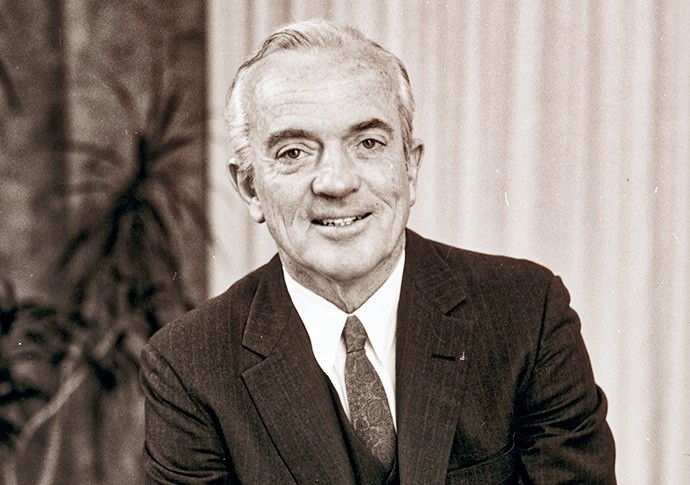
The Vogtle Electric Generating Plant is named for Alvin W. Vogtle Jr., past Chairman of the Board of Southern Company. He was elected President of Southern Company in 1969, Chief Executive Officer in 1970 and Chairman of the Board in 1983.
The discipline and determination which characterized Vogtle’s work at Southern Company were defined during World War II after he was captured by the Germans and made a prisoner of war. During 26 months of confinement, he tried to escape on five separate occasions. On his sixth attempt, he reached the Swiss border, scaled a 15-foot-high barbed wire fence, and crossed the Rhine River to Switzerland and freedom. In 1963, United Artists produced “The Great Escape,” a film which was based in part on Vogtle’s war-time experiences.
After being captured in North Africa, Lt. Vogtle was transported to a prisoner-of-war camp in the heart of Germany. He escaped after six months of imprisonment, but he was recaptured in the Czechoslovakian town of Bakov.
From Luft Stalag III, he made three more unsuccessful escape attempts. Then, on January 27, 1945, the Germans evacuated the camp and sent the prisoners by boxcar to Moosburg, Germany. Lt. Vogtle escaped from the train but was recaptured in Dunharr. He was sent to Moosburg for imprisonment but, in only a few weeks, he made his sixth and final escape through southern Germany to Diepoldsau, Switzerland.
Schedule a Tour at Plant Vogtle
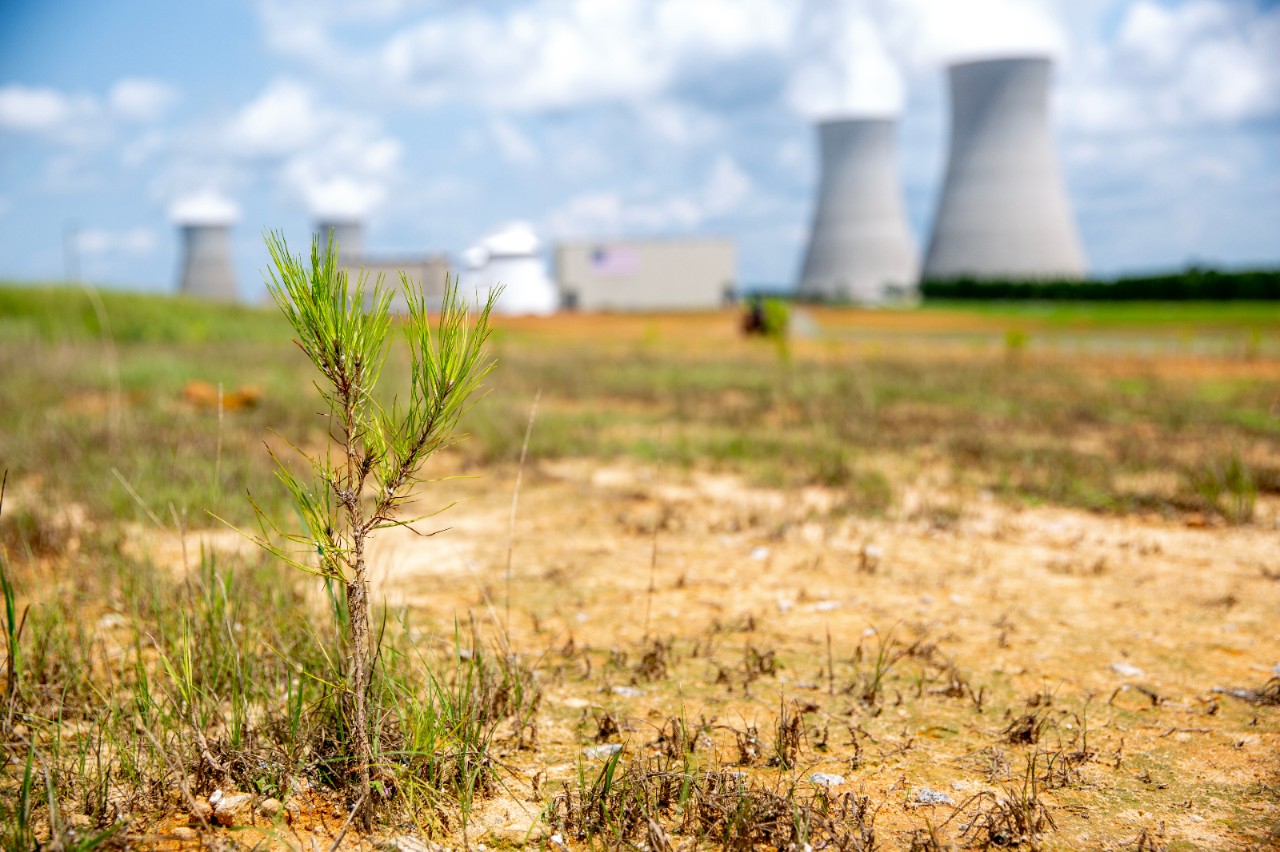
To schedule a site visit to Plant Vogtle or an informative presentation for your school group, civic group, or other organization, please contact the Vogtle Energy Education Center staff at veec@southernco.com.
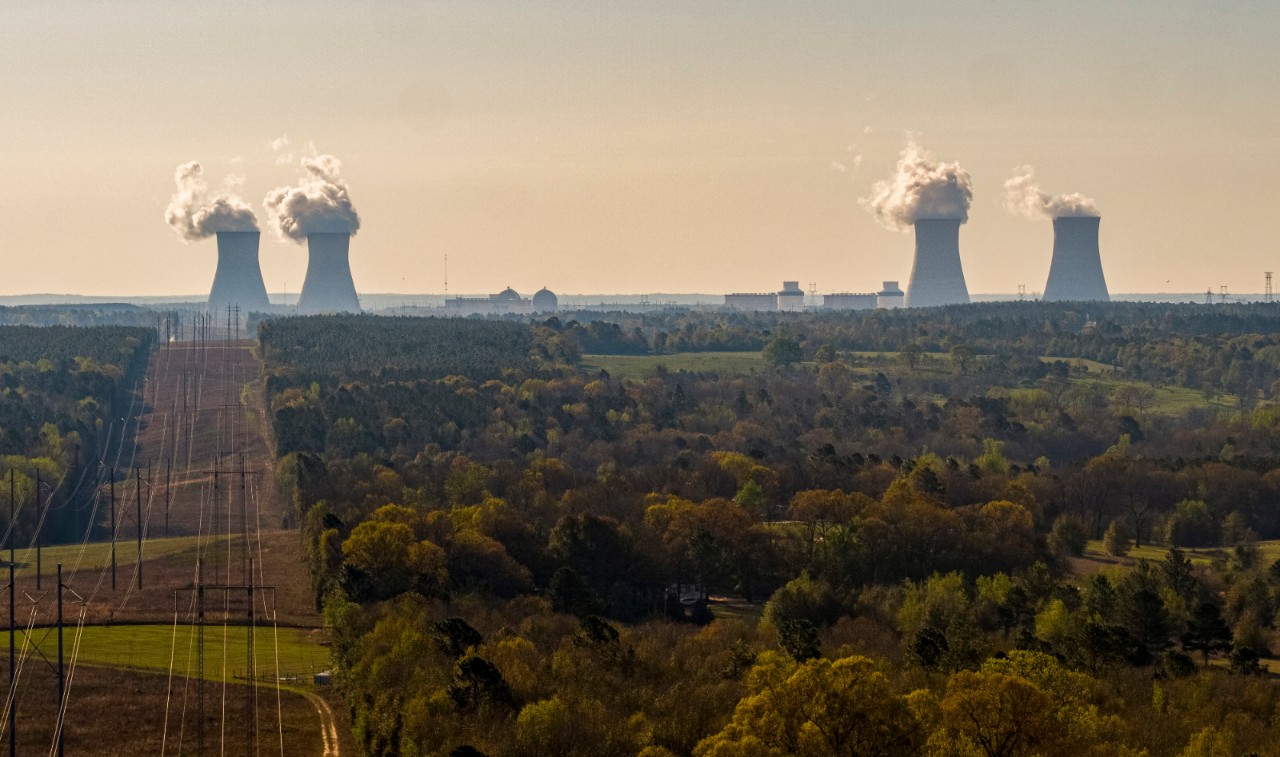
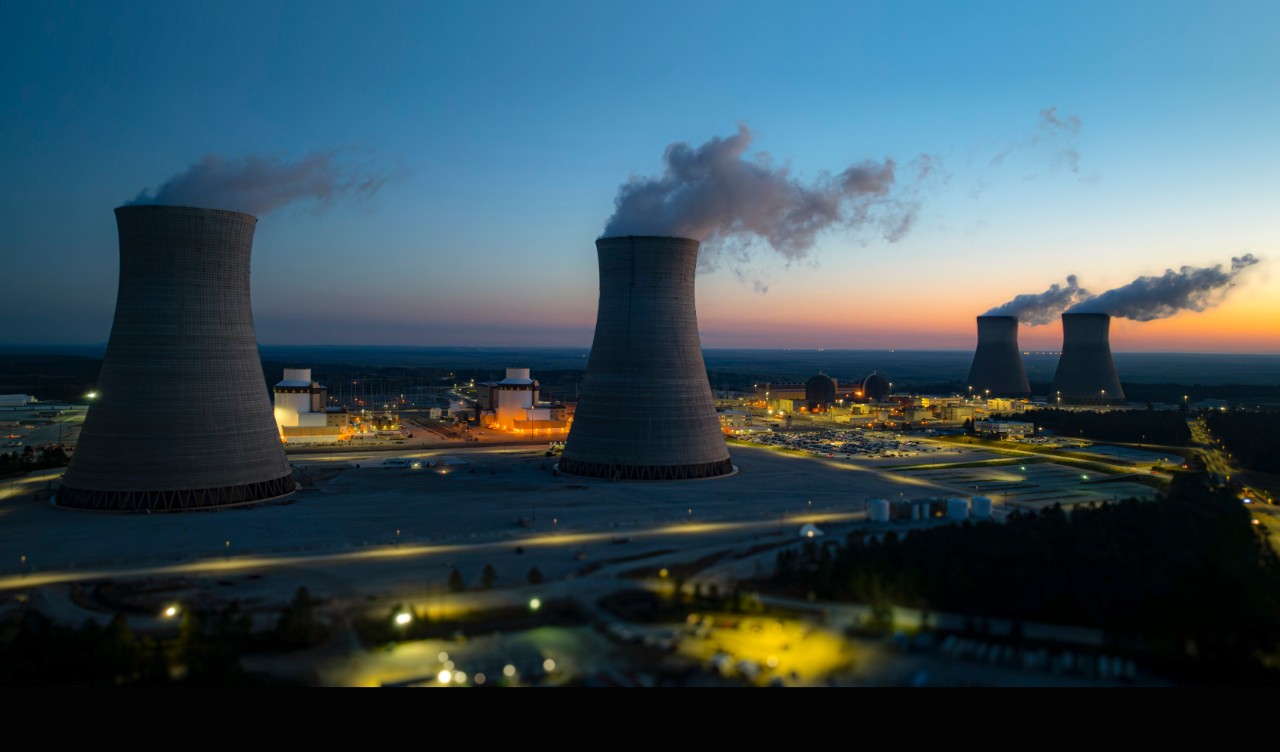
Emergency Planning, Stay Prepared
Southern Nuclear’s priority is the health and safety of our plant neighbors. If you reside within the 10-mile emergency planning zone around Plant Vogtle in Georgia, we want you to be informed about the types of emergencies that can occur, how you can stay up to date and how to protect your family.
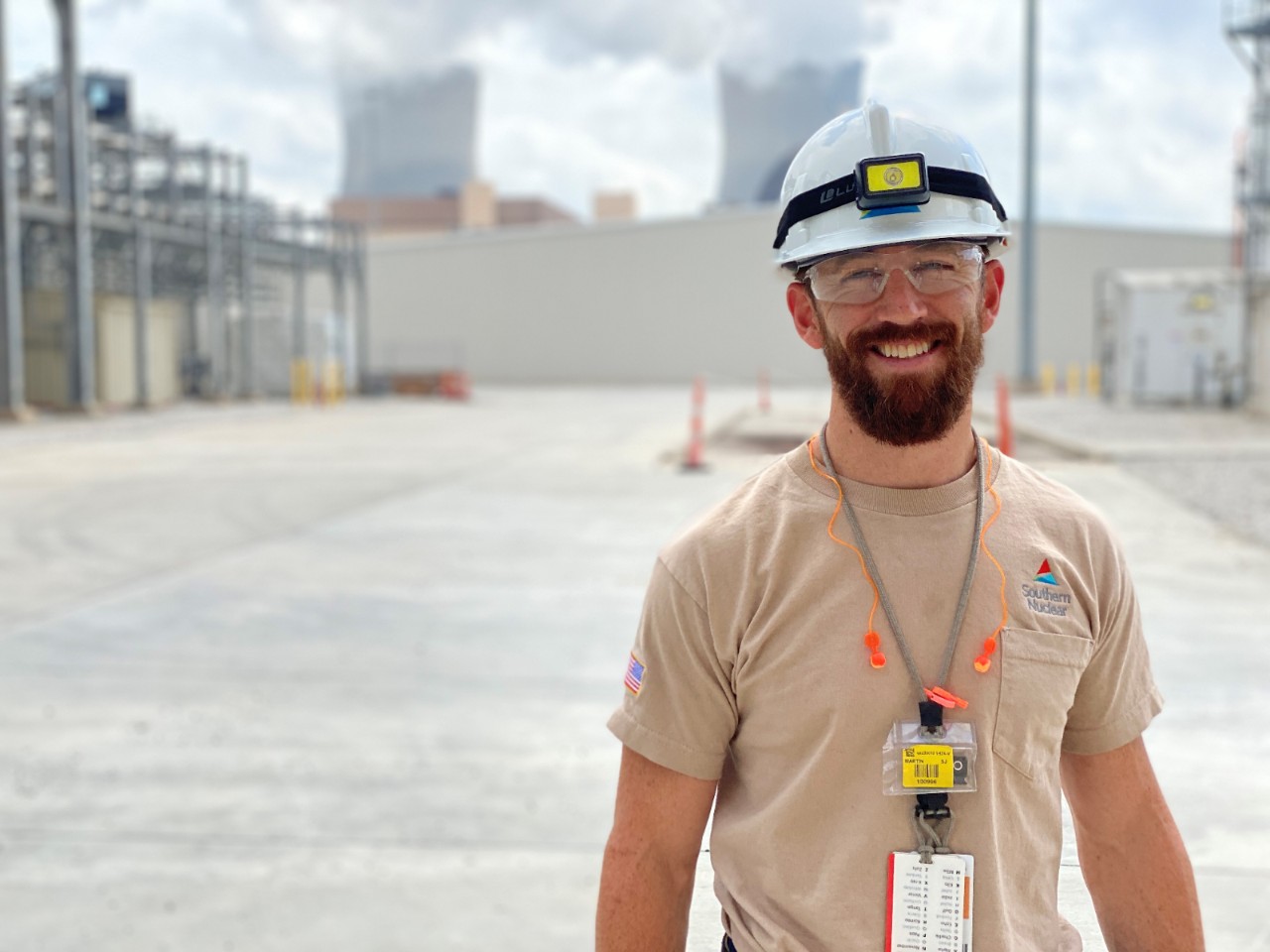
Careers at Vogtle Nuclear Plant
Work for the nation’s largest generator of clean energy. The operation of Alvin W. Vogtle Electric Generating Station requires a broad range of professionals with a variety of experience levels. Visit our Careers page to learn more about professional development, search open positions or create a candidate profile.
FAQs About Plant Vogtle
Where is Vogtle Nuclear Power Plant located?
The Alvin W. Vogtle Electric Generating Plant (Plant Vogtle) is located in Burke County, near Waynesboro, Georgia, along the Savannah River.
What type of reactors does Plant Vogtle use?
Plant Vogtle has four units: Units 1 & 2 are Westinghouse 4-loop pressurized water reactors (PWRs), and Units 3 & 4 are Westinghouse 2-loop AP1000 PWRs.
How much power does Vogtle Nuclear Plant generate?
Plant Vogtle has a total generating capacity of approximately 4,800 megawatts (MW). This capacity is distributed across its four units, with Units 1 & 2 each generating around 1,150 MW, and Units 3 & 4 each generating around 1,117 MW.
Why are Plant Vogtle and other Southern Nuclear power plants an important energy resource?
Like ours, nuclear power plants in general have minimal impact on the environment and can produce huge amounts of carbon-free energy around the clock. Their ability to generate consistent power contribute not only to reducing greenhouse gas emissions but also to strengthening U.S. energy independence. This makes nuclear energy a strategic and vital resource for the country's future.
What safety systems are in place at Plant Vogtle?
Plant Vogtle and all nuclear power plants are designed with defense-in-depth safety systems. This means there are multiple systems, passive and active, in place to protect the reactor and the surrounding public.
Passive systems include physical barriers that would restrict the spread of contamination outside the primary systems in the unlikely event of an emergency. These include such barriers as the fuel's zirconium alloy cladding, the thickness of the reactor vessel and the concrete containment surrounding it.
Active systems are designed to ensure continuous core cooling and safe plant shutdown in the unlikely event of an accident. Some of these include the reactor protection system designed to automatically shut down the reactor if needed, multiple core cooling systems designed to replenish cooling water in the reactor if normal cooling water is lost, and containment isolation systems that can close all openings from the containment building to the outside.
Additional redundant systems are in place to detect and mitigate any condition that could pose a threat the public.
How much radiation am I exposed to if I live near Plant Vogtle in Georgia?
A person living within 50 miles of a nuclear power plant receives an average of about 0.01 millirem of radiation per year. To put that in perspective, the average person in the U.S. receives a radiation dose of 620 millirem per year. Half of that dose comes from natural sources, like bananas or granite countertops, while the other half comes from manmade sources like X-rays. For example, a routine chest X-ray is about 10 millirem of radiation, while a cross-country round-trip flight is 5 millirem. Federal regulatory agencies carefully set and enforce limits to protect the public, the environment and plant employees.
Does Vogtle Nuclear Station help protect the local environment?
Since 1993, Plant Vogtle has been recognized as a certified wildlife habitat by the Wildlife Habitat Council. The site is situated on approximately 3,000 acres, with hundreds of acres replanted with loblolly and native longleaf pines. Plant Vogtle has management programs that enhance the habitat for species such as bluebirds, wood ducks, wild turkey and previously endangered in Alabama and Georgia, the red-cockaded woodpecker, thanks in part to Southern Nuclear environmental efforts.
